
Photo: Sheila Newenham
Learn more about weasels in Illinois in Outdoor Illinois Wildlife Journal:
Both least and long-tailed weasels prey on mice, voles, ground squirrels, and rabbits, helping to maintain a balance in these small mammal populations.
Two species of weasel are found in Illinois—the least weasel (Mustela nivalis) and the long-tailed weasel (Mustela frenata).
The long-tailed weasel is two to three times larger than the least weasel. Both weasels have long, slender bodies and wide heads, small rounded ears, and short legs. Long-tailed weasels are 11 to 17 inches long and weigh between 3 and 10 ounces. Their tails are nearly half the length of their bodies and tipped with black fur. Least weasels can grow to 10 inches and weigh only one to three ounces. Their tails are less than a fourth of the length of their bodies and do not have a black tip. Males are larger than females in both species.
In the summer, both species have reddish-brown fur with a yellowish-white throat, chest, and underside, and the long-tailed weasel has a black-tipped tail. In the fall, weasels shed this coat and grow fur that is lighter, in many cases totally white (except for the black tip on the long-tailed weasels’ tails). In the winter, weasels found in northern Illinois are often white to help them blend into snow-covered landscapes, while those in southern Illinois may have patches of brown and white or their solid reddish-brown coat.
Both weasels have five toes on each paw, but the inner toe does not always register in the tracks of the least weasel. The long-tailed weasel has tracks that are 1 to 1⅘ inches long and ⅘ to 1 inch wide. The least weasel has tracks that are ½ to ⅘ inches long and ⅖ to ½ inches wide. Both species move with a loping gait that produces paired tracks, front paws together and rear paws together. The rear tracks are close to, or sometimes cover, the front tracks.
Weasel scat is dark, thin, and twisted, about an inch long and tapered at both ends. It often contains fur, pieces of bone, or insect parts. The scat is typically found on logs or rocks or near the den entrance.
Long-tailed weasels are found throughout Illinois and are fairly common. Least weasels are found only in the northern half of the state and are not often seen, even though they may be common in the area.
Weasels are active during the day and night, alternating between hunting and resting periods. Both species follow regular hunting routes, but they cover only part of their home ranges during a single night. Males travel farther than females.
Small prey are killed with a few quick bites to the back of the neck. When a weasel finds prey in tunnels or underground burrows, the prey is attacked head-on and killed by a bite to the windpipe.
Weasels bound or lope with their backs arched and their tails held straight out or slightly higher than their back. They swim well and climb trees easily. Least weasels often stand on their hind legs to survey the area around them.
Weasels do not pose a public health threat.
Weasels are habitat generalists but tend to prefer being near water. Long-tailed weasels are more tolerant of people and will live on farms or the edges of suburbs. They prefer to live in forests, woodlands, thickets, or brushy fencerows. Least weasels prefer more open areas like meadows, grasslands or river bottoms.
Weasel dens are usually found in rock piles, junk heaps, abandoned buildings or burrows dug by other animals. The size of the area they live in depends on the amount of food found there. When small mammal populations are large, the home range of a least weasel can be as small as 1.5 to 2.5 acres, but it expands to 37 to 65 acres when food is scarce. The home range of a long-tailed weasel can vary from 25 to 400 acres depending on food supplies.
Least weasels are more specialized hunters than long-tailed weasels, focusing on voles and mice. Long-tailed weasels eat mice, rats, voles, squirrels, chipmunks, shrews, moles, and rabbits. Less common foods include birds, bird eggs, snakes, frogs, and insects. Both species kill more than they can eat and cache (store) the prey for later.
Long-tailed weasels mate in July or August, and the young are born the following April or May. Females have only one litter per year, ranging from 1 to 9 young, though the average litter size is 4 to 5. The female cares for the young alone. The young begin hunting with their mother when they are around 6 weeks and leave to find their own territories when they are just 11 to 12 weeks old.
Least weasels breed year-round. Females can have up to three litters per year if plenty of prey is available, and they care for the young alone. The average litter is four to five young. Young least weasels develop quickly when food is plentiful. Females born early in the year can breed as soon as 4 months of age.
Neither species lives very long, typically less than a year.
Weasels will readily kill poultry if they can get into the enclosure. However, they are often attracted to sites by mice or rats.
Habitat modification is not an efficient way of controlling weasels.
The best defense against weasels is to keep them out. Poultry houses must have a roof, and all holes or openings larger than 1 inch should be covered using ½-inch hardware cloth.
There are no registered repellents for use against weasels in Illinois.
Frightening devices are ineffective against weasels.
Nuisance weasels may be trapped if a nuisance animal permit has been issued by an Illinois Department of Natural Resources district wildlife biologist. Your local district wildlife biologist can discuss options for resolving problems, including issuance of a nuisance animal removal permit.
Neither species of weasel can be hunted in Illinois, but they can be trapped from mid-November to mid-February. The IDNR Trapping page has more information including guidance about trapping best management practices.
The IDNR Furbearers page provides more information about hunting and trapping Furbearers. The Illinois Trapper Education Manual provides guidance on the best management practices for trapping. Trap size recommendations for weasels are found on page 90; see TrapperEducationManual.
Current hunting and trapping seasons can be found in the Illinois Digest of Hunting and Trapping Regulations or in the Legal Status section below.
Recreational fur-trapping is the preferred method to deal with nuisance furbearer issues. Trapping can help control the local population of animals and, in some cases, reduce the number of nuisance complaints and the damage that some species can cause. The Illinois Department of Natural Resources offers a lengthy trapping season (3 months, in some cases 4.5 months). Legal trapping can occur 100 yards from an occupied dwelling without permission of the occupants, closer with permission as long as there are no municipal ordinances that prohibit trapping.
In Illinois, least weasels and long-tailed weasels are protected as furbearers under the Illinois Wildlife Code. If a weasel is causing damage, you may remove the weasel if you have received a nuisance animal removal permit from an Illinois Department of Natural Resources district wildlife biologist. Weasels may not be hunted in Illinois, but they can be trapped mid-November through mid-February. The Illinois Digest of Hunting and Trapping Regulations provides full hunting and trapping season dates and regulations.

Photo: Javan Rhino, ZooChat

Photo: Keith and Kasia Moore, Flickr CC BY-SA 2.0
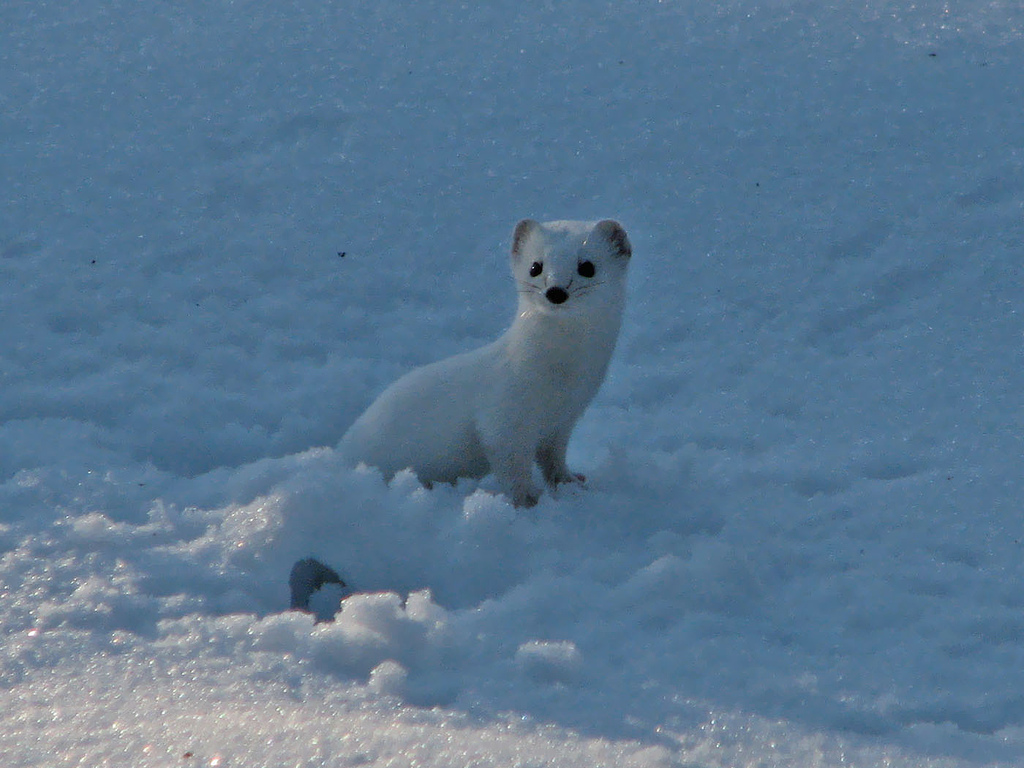
Photo: Marko Kivelä
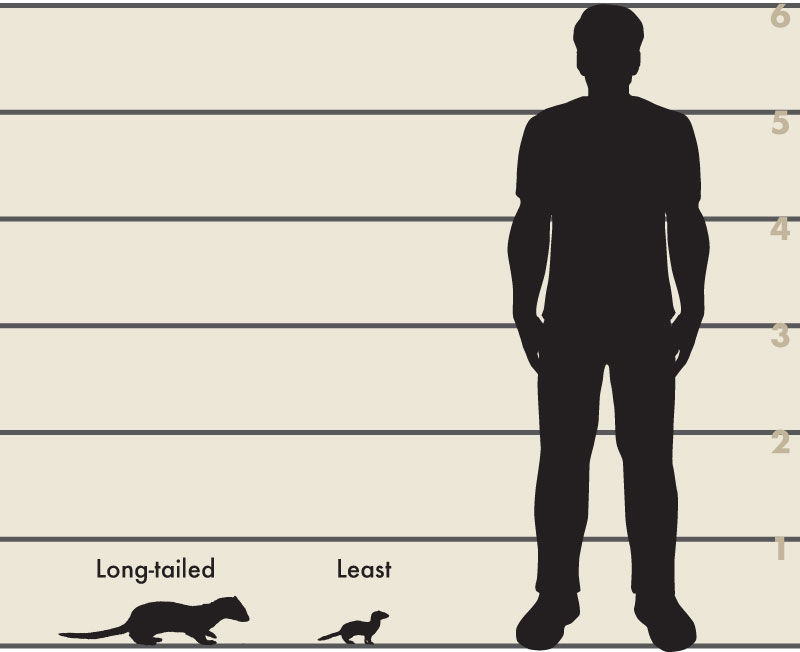
Illustrator: Lynn Smith
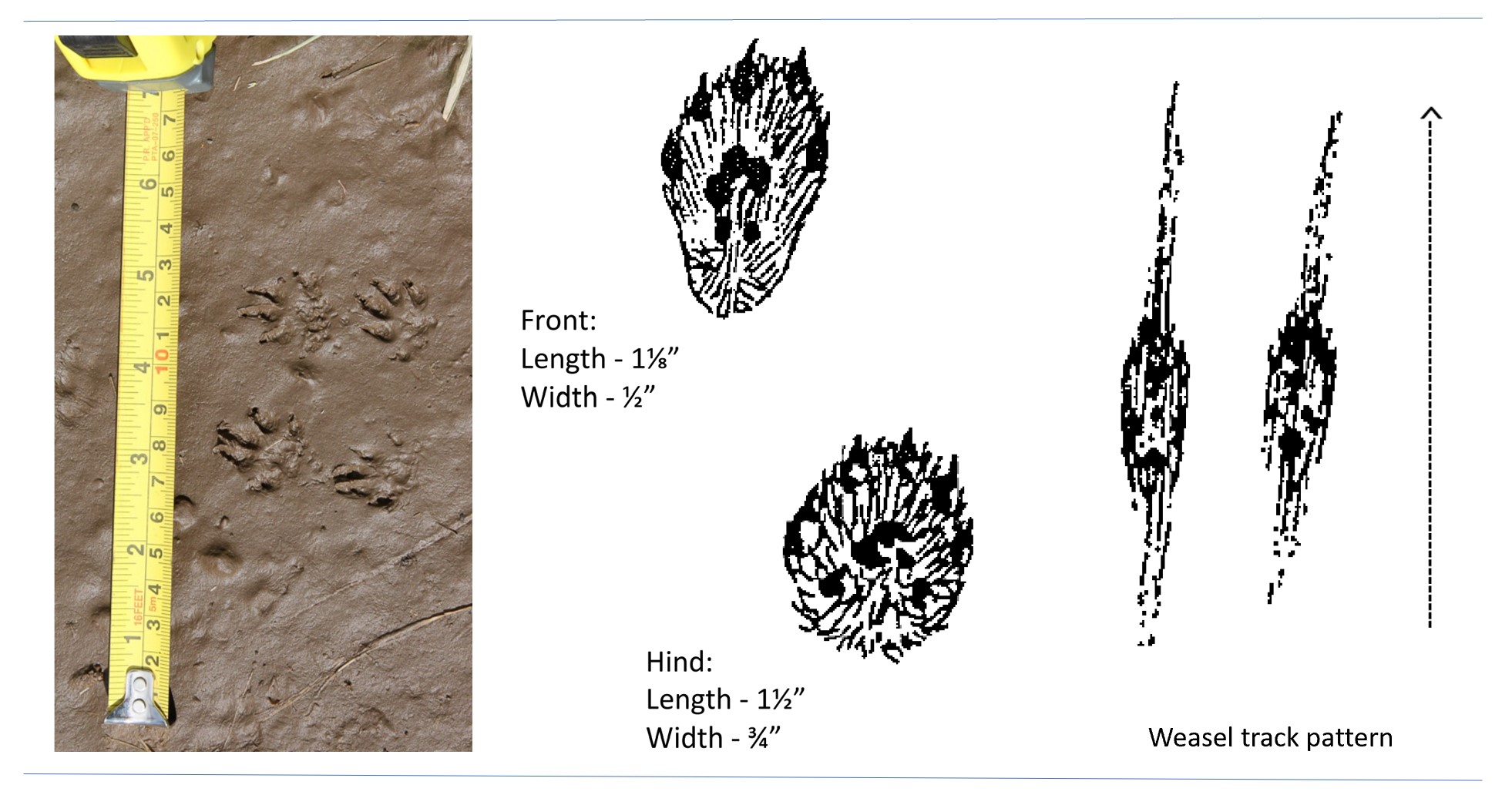
Photo: Terry Kem and Illustrations: Dan Goodman
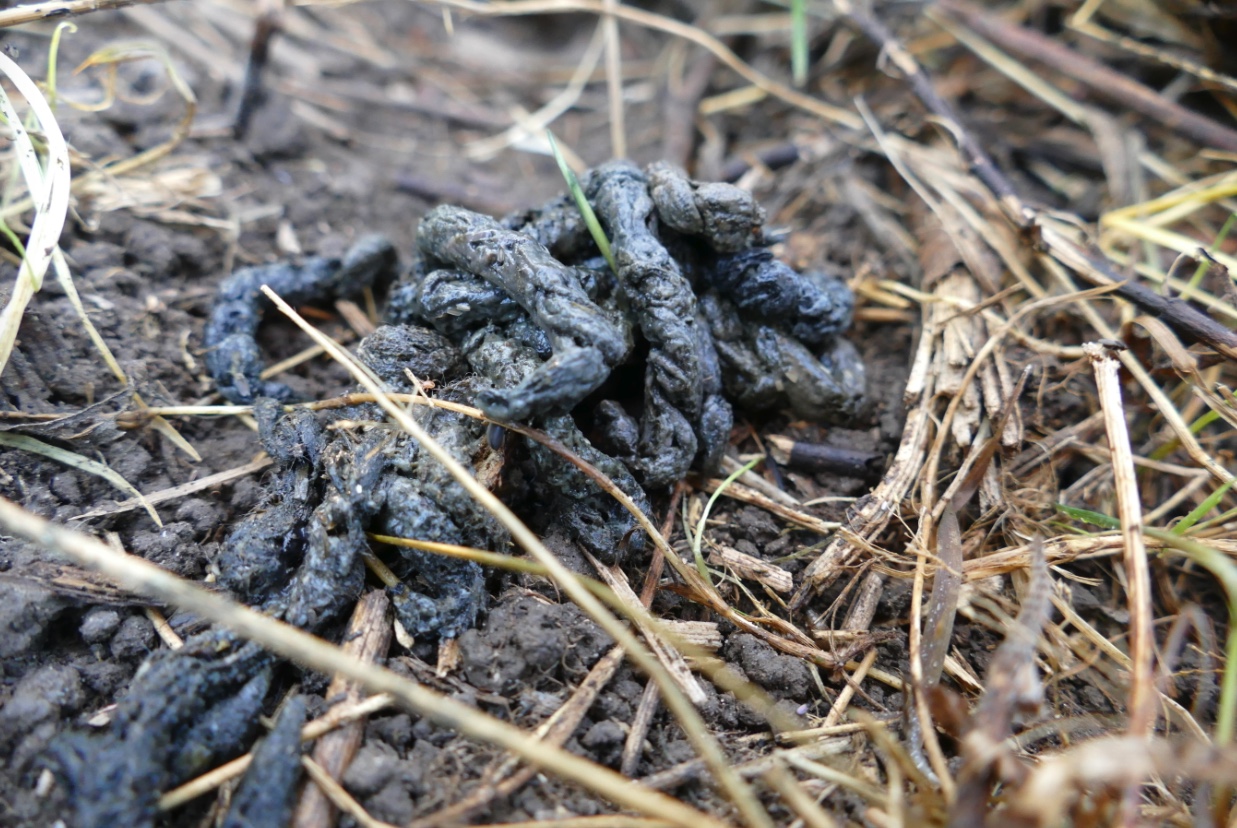
Photo: Ann Schletz
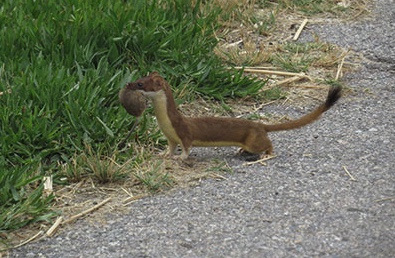
Photo: Bryant Olsen, Flickr CC BY-NC 2.0

Photo: Wayne Walker
The Wildlife Illinois website was authorized by the Illinois Department of Natural Resources (IDNR) in partial fulfillment of project W-147-T. The website was developed by the National Great Rivers Research and Education Center, 2wav, and the IDNR in partnership with the United States Department of Agriculture Animal and Plant Health Inspection Service Wildlife Services and University of Illinois Extension to provide research-based information about how to coexist with Illinois wildlife.